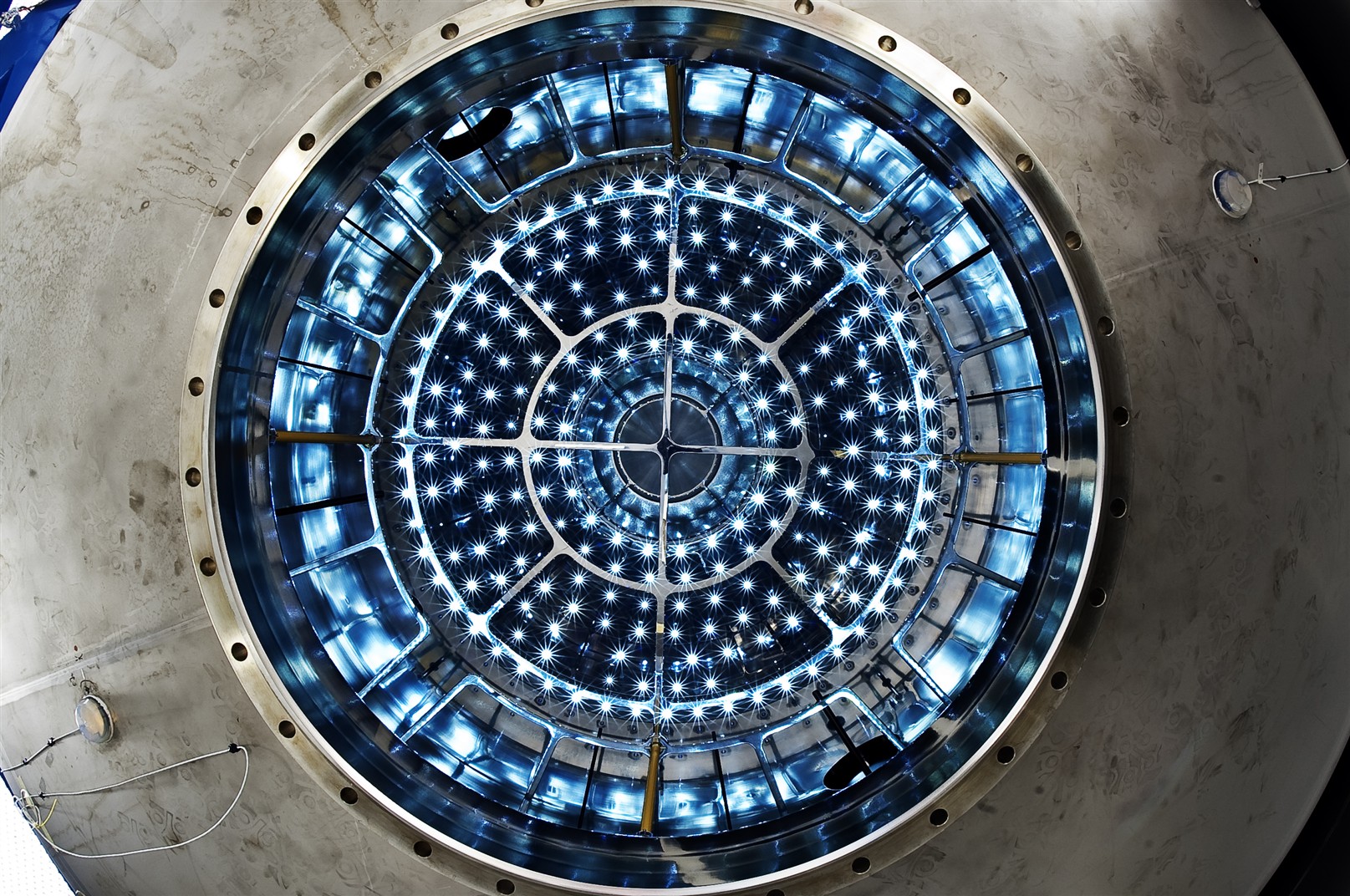

-

FCC-ee
-

FCC-hh
-

FCC-int
-

-

FCC-hh: The energy-frontier hadron collider
The FCC-hh focuses on a 100 TeV hadron collider, with an integrated luminosity at least a factor of 5 larger than what will be achieved in the lifetime of the LHC. Its unprecedented centre of-mass collision energy will make the FCC-hh a unique instrument to explore physics beyond the Standard Model, offering great direct sensitivity to new physics and discoveries. The FCC-hh will extend the current energy frontier by almost an order of magnitude, offering the potential for direct exploration of the multi-TeV region. This will enable the Higgs self-coupling precisely and thoroughly explore the dynamics of electroweak symmetry breaking at the TeV scale, to elucidate the nature of the electroweak phase transition. Moreover, the interplay between the FCC-ee and FCC-hh stages is essential for a broad spectrum of unique Higgs measurements. FCC-hh will also give us a definitive answer about the WIMPs paradigm as thermal dark matter candidates will either be discovered, or ruled out. Finally, also based on the lessons from FCC-ee, it could give us access to new particles whose existence could be indirectly predicted by precision measurements during the earlier FCC-ee phase.

The layout of the FCC-hh has been developed to be consistent with the FCC-ee layout as well as allowing smooth integration with CERN's existing accelerator complex. Moreover, it could host up to 4 experiments as is currently the case in LHC.
The timescale means that FCC-hh technologies can be brought to the required technology readiness level, improving their performance and allowing for sustainable large-scale production, through a dedicated R&D programme.
One of the key technologies for an energy-frontier colliders is high-field magnets, and the underlying superconductor. The ongoing High-Luminosity upgrade of the LHC (HL-LHC) represents an important milestone in that direction, including a few tens of magnets with a peak magnetic field of 11–12 T. For the FCC-hh, various configurations of 16 T and novel superconducting materials are currently being tested along with options for High-Temperature superconductors. Another key technology, is an energy-efficient cryogenic refrigeration infrastructure based on novel coolants along with a high-reliability distribution system. Finally, the optimisation of high-power beam transfer and local magnet energy recovery are among the technologies that would improve the performance and find applications beyond particle physics.
As a single project, FCC-hh will serve the global physics community for about 25 years. Combined with a lepton collider (FCC-ee), as a first step in the same tunnel, it would provide a global, multi-decade research programme until the end of the 21st century. -
FCC Integrated Programme
The most effective and comprehensive approach to thoroughly explore the open questions in modern particle physics is a staged research programme, integrating in sequence lepton (FCC-ee) and hadron (FCC-hh) collision programmes, to achieve an exhaustive understanding of the Standard Model and of electroweak symmetry breaking, and to maximise the potential for the discovery of phenomena beyond the Standard Model.
The FCC positions itself as the most powerful heir of the future LHC Higgs’ legacy. On one hand it will extend the range of measurable Higgs properties allowing more incisive and model independent determinations of its couplings with other particles. On the other hand, the combination of superior precision and energy reach provides a framework in which indirect and direct probes of new physics complement each other, and cooperate to characterise the nature of possible discoveries. In addition, the new research infrastructure would offer a number of other physics opportunities based on heavy-ion collisions and electron-proton scattering (FCC-eh) that are unattainable at linear-collider facilities.
The staged approach of the FCC-integrated project creates a new window in time in which to develop the advanced technologies needed to build a longterm cost- and energy-efficient highest energy hadron collider. This integrated project leverages CERN’s existing machine complex, notably the HL-LHC, its infrastructures and pre-accelerators in the best way. They can serve as injectors for both FCC-ee and FCC-hh. The combination of available infrastructure and organisational and administrative services suitable for large-scale technology research projects is the key to the successful implementation of a large-scale project.

As was the case with LEP followed by LHC, this approach permits the control of technical and financial risks without self-imposed constraints. It cements and enlarges Europe’s leadership in particle and high energy physics for decades to come.
Finally, the new research infrastructure serving a worldwide community, tightly involving industrial partners and providing training at all education levels over multiple decades, would deliver the highest socio-economic impact.
Timeplan
The Integrated FCC Project offers a research program spanning more than 70 years, until the end of the 21st century.
